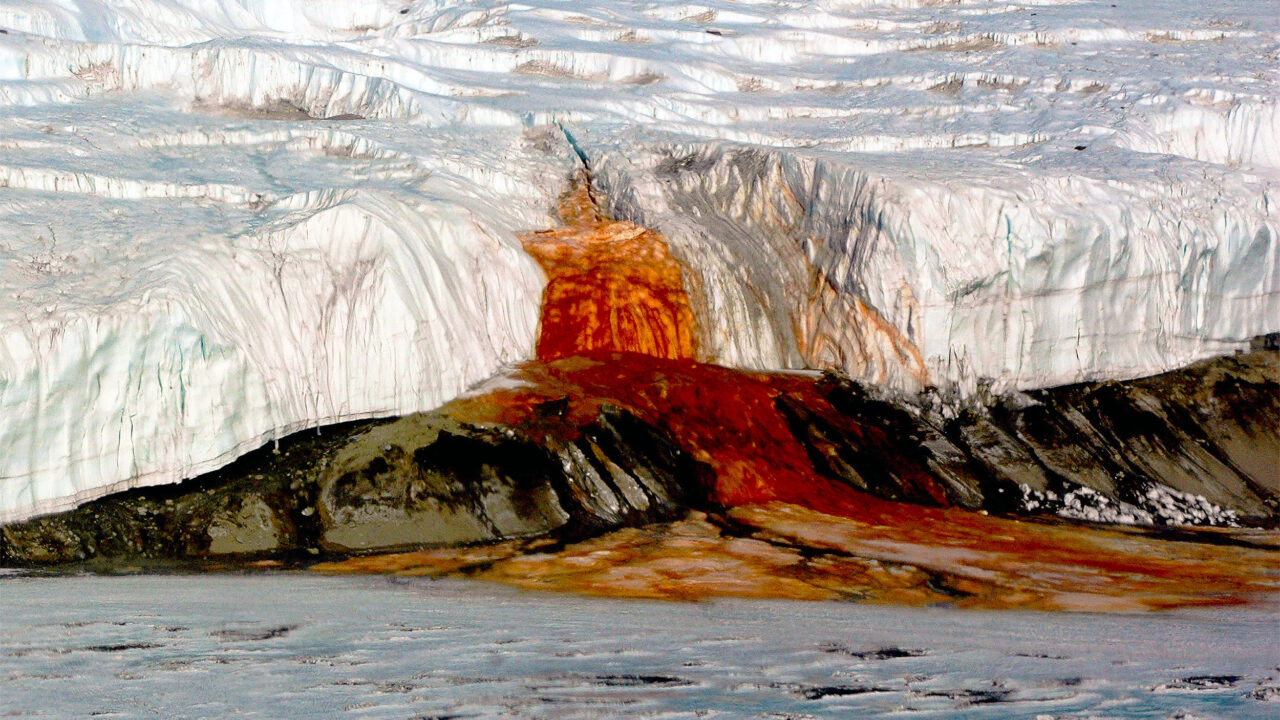What Is Pamukkale?
Pamukkale, meaning “Cotton Castle” in Turkish, is one of the most famous natural landmarks in Denizli Province, southwestern Turkey. The site is renowned for its stunning white travertine terraces, created by the flow of calcium-rich thermal waters over thousands of years.
The surreal, snowy-white landscape looks like something out of a dream. Warm mineral springs cascade down the mountainside, forming pools where visitors can relax and enjoy the healing waters.
The Natural Formation of Pamukkale
The terraces of Pamukkale are formed by calcium carbonate deposits left behind as hot spring water cools and evaporates. Over time, these deposits harden into travertine, creating the gleaming white steps visible today.
The water that flows over Pamukkale’s terraces comes from 17 natural hot springs, with temperatures ranging from 35°C to 100°C (95°F to 212°F). Locals and visitors have believed in the healing powers of these waters for centuries.

Pamukkale and the Ancient City of Hierapolis
Just above the travertines lies the ancient city of Hierapolis, a UNESCO World Heritage Site together with Pamukkale. Hierapolis was founded by the ancient Greeks and later expanded by the Romans.
Key attractions in Hierapolis include:
- The Ancient Theatre – a well-preserved Roman theatre with a capacity of 12,000 spectators.
- The Necropolis – one of the largest ancient cemeteries in Turkey.
- Cleopatra’s Pool (Antique Pool) – a warm mineral pool said to have been used by Queen Cleopatra herself. Visitors can still swim among ancient marble columns today.
ALSO SEE : The Process of Waves Formation in the Ocean: Causes and Full Explanation
Things to Do in Pamukkale
Pamukkale offers a mix of natural beauty, history, and wellness. Here are the top activities:
- Walk barefoot on the travertine terraces – only certain sections are open to protect the site.
- Swim in Cleopatra’s Pool – enjoy thermal waters surrounded by Roman ruins.
- Explore Hierapolis Ancient City – walk through centuries of history.
- Visit the Hierapolis Archaeology Museum – learn about the region’s fascinating past.
- Watch the sunset – the golden light over the white terraces is unforgettable.
When to Visit Pamukkale
The best time to visit Pamukkale is during spring (April–June) or autumn (September–October) when the weather is mild and crowds are smaller. In summer, temperatures can reach above 35°C (95°F), so early morning or late afternoon visits are ideal.
How to Get to Pamukkale
Pamukkale is located about 19 km (12 miles) from Denizli, a major city in southwestern Turkey.
- By Air: Fly into Denizli Çardak Airport, then take a 1-hour bus to Pamukkale.
- By Car: You can drive from major cities like Izmir (3 hours) or Antalya (4 hours).
- By Bus: Regular buses connect Pamukkale with Istanbul, Cappadocia, and Fethiye.
Why Visit Pamukkale?
Pamukkale is not only a breathtaking natural wonder but also a symbol of Turkey’s ancient heritage and natural beauty. It offers a unique blend of geothermal wellness, archaeology, and scenic landscapes making it a must-see destination for travelers.
Whether you’re soaking in a thermal pool, exploring ancient ruins, or capturing the white terraces against a blue sky, Pamukkale promises an unforgettable experience.
ALSO SEE : Wulingyuan Scenic Area, Hunan, China
Pamukkale, Turkey stands as one of the world’s most extraordinary natural wonders. From its dazzling white terraces to its ancient Greco-Roman history, Pamukkale combines nature and culture in perfect harmony.
If you’re planning a trip to Turkey, make sure to include this Cotton Castle on your bucket list it’s truly a sight you’ll never forget.





